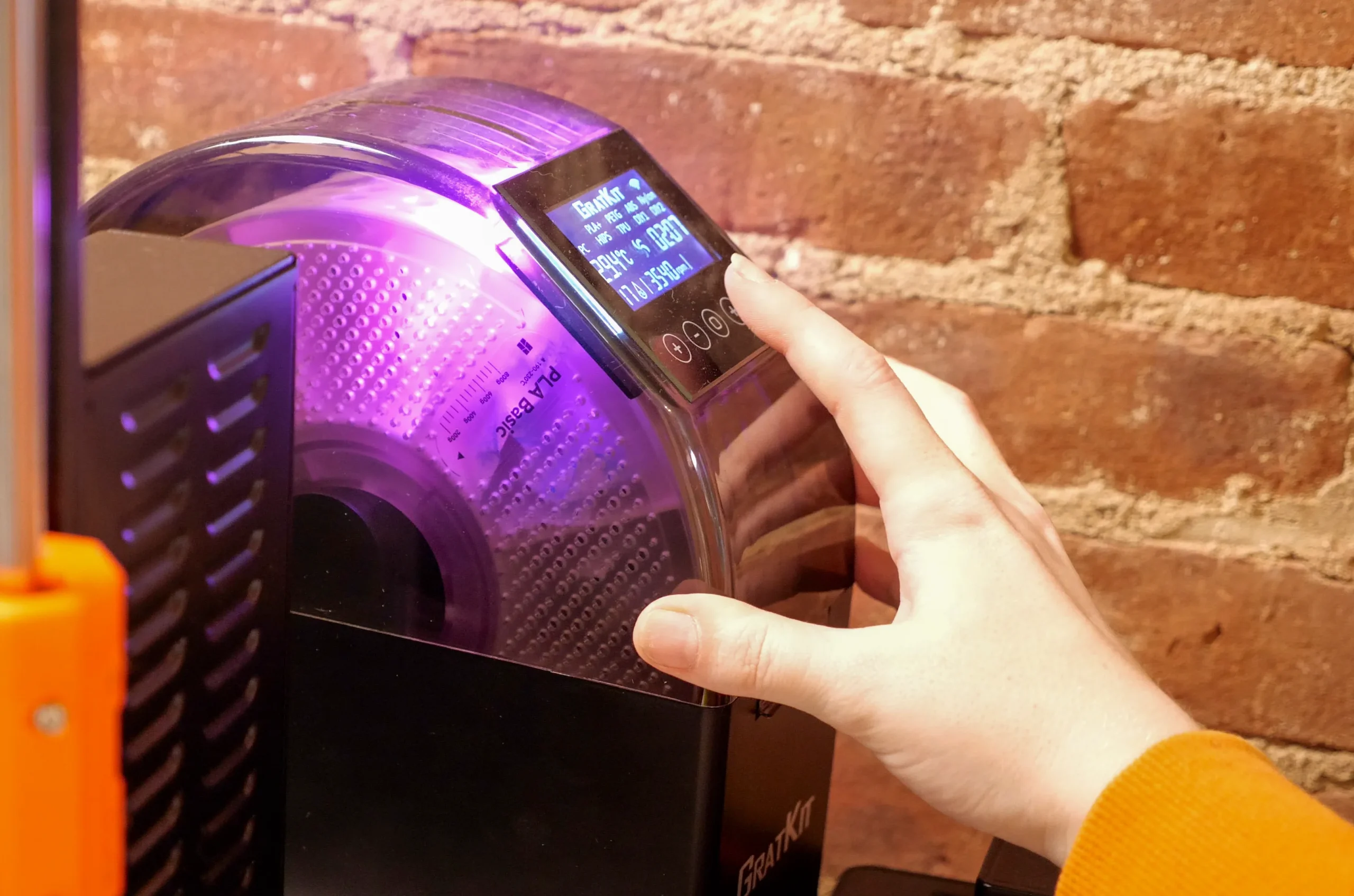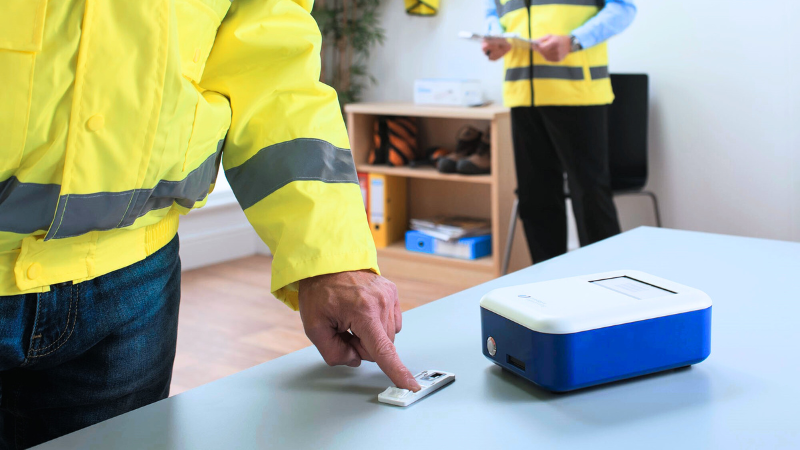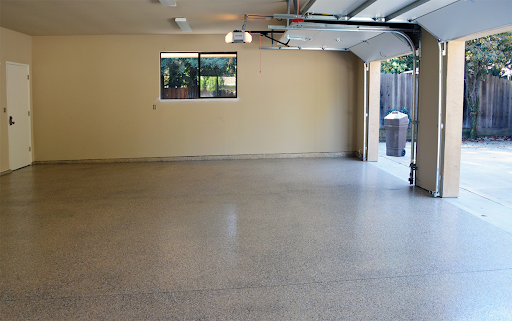3D printing with filaments like PLA, PETG, ABS, Nylon, and many more requires a consistent material quality and the biggest enemy of these materials is one thing: moisture. Moisture can make a perfectly planned print fall and while it might seem like it’s not that big of a deal, it could make your efforts go to waste, which is something we want to protect today.
Filaments can easily absorb water from the air, causing issues like poor layer adhesion, weak prints, stringing, bubbling, and a bunch of other things. But this begs the question, can you actually dry filaments while 3D printing? This is what we will answer today so stick to the end to find out everything you need to know.
Why Do Filaments Need Drying? The Truth Unveiled
Before diving deep into the fact of whether you can dry filament while printing or not, you must understand the effect of moisture and how it can make you lose a good amount of money and time so swiftly.
Here are a couple of issues that happen with the filament once you add moisture:
- Bubbles: When there is moisture in the room, the water inside the filament vaporizes in the hotend of your 3D printer. This causes bubbles that not only deform your overall 3D print but also decreases the overall strength.
-
- Stringing and Oozing: Wet filaments ultimately give you stringing as water turns into a stream and this is something all the 3D printing enthusiasts should avoid.
- Clogging: After this, excess moisture can cause issues with nozzle clogging over time. This not only ruins the print but your nozzle too. With time, you would need to replace the nozzle as well.
- Poor and Weaker Prints: Layer bonding is also decreased due to the wonders of moisture. Hence, this makes it rather easy for your print to fall off, crack, or even break.
While most filaments absorb moisture, you need to be especially careful if you have PETG, TPU, Polycarbonate, and Nylon. To make it interesting, PLA, while it is considered less moisture absorbing, can also get harmed in the humid environments.
Can You Dry Filament While Printing? Answered
Yes, technically, you can dry your filament while it is being fed into your 3D printer. However, you will need to use a filament dryer or some kind of DIY filament drying device that will actively dry during the extrusion process.
The thing about 3D printers is that drying before printing would be ideal. However, even during the 3D printing process, you should ensure that your filament is dry because it gives birth to better prints.
Moreover, if you are doing long and complex prints, in that case, the filament can absorb moisture right in between the printing process. Hence, all the drying effort is ultimately wasted. This is especially common in a humid environment.
Things like air conditioners, air coolers, and even fans can cause humidity in summer, which is where you must take care of it. Now, let’s talk about some of the methods that you can use to dry filaments while printing.
Different Methods to Dry Filament While Printing
If you want to dry your filament or filaments while printing, here are some of the methods you can try.
-
Filament Dry Boxes
Using a filament dry box is the best way to dry your filaments while printing. These are essentially closed boxes that incorporate a heating system to keep your filament dry while it is being used.
Consider the example of Chitu Systems’ FilaPartner E1 filament dryer. It comes with two chambers along with four spools of fuel. It gives you the exact temperature, real-time humidity, and even a drying countdown for your filament drying needs.
Most filament dry boxes usually maintain temperatures between 40 and 70 °C, allowing you to print at the best possible speed. So, the next time you suspect that humidity is getting the best of your 3D printing potential, buy a filament dry box to see how it affects your printing.
-
DIY Solutions
If you want a budget-friendly alternative solution, then you can look for a plethora of DIY methods. For example, you can get an airtight storage solution or silica gel packets to make things work. While this is not actively a heated solution, these setups will still provide additional protection against moisture intake for longer prints.
Basically, you can pre-dry the filament in an oven or by using a low-intensity dryer, and then feed it right through the box. This way, your filament won’t suffer, and you will garner the maximum amount of results that you could have.
-
Using Enclosures
Some people go even as far as to use food dehydrators or 3D printing enclosures to dry filaments. But this is more of a risky method. For example, you will need to add some passthrough holes for filament to basically feed it to the printer.
While this method is highly experimental, if you already have a spare enclosure or dehydrator lying around, it can save you some cost. Moreover, you can even dry bulk since enclosures in general have lots of space in them.
But if you are not really into DIY modifications, it might not be the best idea, and it is also not good for 24/7 operations for longer prints.
Final Verdict
Drying during printing is a risky task, especially if you don’t have a filament dryer. By using these three methods, you can get pretty awesome results and save your filaments from absorbing moisture, which is something that you should avoid.
If you are looking for enclosures, filaments, and all sorts of other accessories, then consider checking out Chitu Systems and their amazing catalog of 3D printer accessories.









